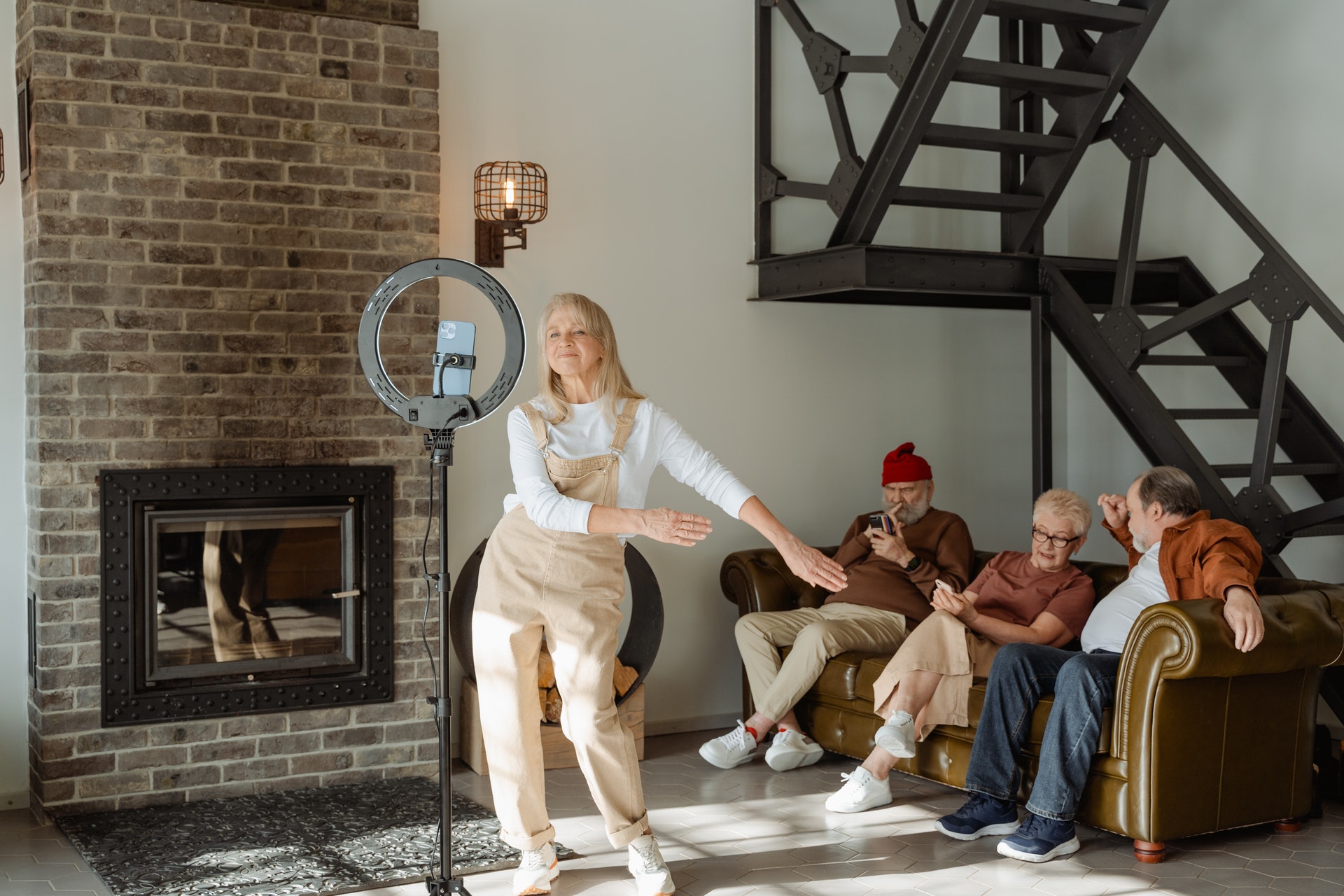Marketing to Seniors: What They Really Think
April 1, 2021

It is probably not an overstatement to say most in America generally perceive aging adults as overwhelmed curmudgeons who are angry at life and how age has taken its toll on them.
The truth is surprisingly different! Simmons/MRI research portrays the typical 75-year old American as generally satisfied with life, whether it relates to standard of living, financial security, and even health. In fact, typical 75-year old adults generally feel thirteen years younger than their chronological age – at least, that’s what pollster Frank Luntz determined via research he describes in his book, What Americans Really Want.
If this is true, it impacts how we should look at the 75+ consumer, and how we can more effectively communicate with and market to him or her. To sell seniors, the best marketing messages will connect with their generally upbeat attitudes about life.
A 2019 University of Southern California study concluded the senior cohort tends to remember and prioritize positive information over negative things. This is a critical consideration for creating advertising that targets seniors, because not only do seniors receive and remember positive messaging better, they abhor advertising that calls out their age or attacks their frailties – they don’t think of themselves as “needy.”
And, they feel good about themselves
According to Simmons/MRI, seniors rate themselves high with regard to traits like trustworthiness, kindness, friendliness, security and benevolence. Not only do they see these positive qualities in themselves, they are more likely to recognize they possess these traits than will younger cohorts. An outcome of these self-perceptions is that seniors are less sensitive to peer pressure – they are comfortable with themselves. Hence, there isn’t much incentive for them to “keep up with the Jones.” Because they are comfortable in their own skins, they are not especially concerned about what others think of their actions and purchase decisions.
The 75+ cohort is also more likely to embrace traditional American values: they lean conservative, both politically and religiously. This carries over to how they view contemporary cultural trends. And because they draw heavily from the wisdom and experience they have acquired over the course of their lives, they are more autonomous than younger consumers and generally don’t respond well to marketers telling them what a brand should mean to them.
Acquiring experiences versus acquiring things
As Boomers age out of their prime income-earning years, they are moving from a life dedicated to making money to one that is directed toward spending money. The catch is, many older adults have acquired most of the physical possessions they want in life – a house; home furnishings; car(s); apparel; etc. Consequently, they tend to be more focused on self-actualization and are more apt to spend their money on experiences, like travel, education and entertainment.
A side note here: seniors generally are not time-sensitive. Since most are not working fulltime, are not caring for young children, or have lifestyles that keep them busy 24/7, the promise of time savings – or the urgency of limited-time offers – do not motivate them to act.
Seniors just wanna thrive
Ultimately, the 75+ cohort wants to thrive – just like any other cohort. In order for advertising messages to be compelling to this group, those messages must promise enriched quality-of-life by offering:
- Aspiration/hope
- Independence/control
- Empowerment
- Inspiration/stimulation.
These are the values that seniors cherish. Demonstrate how a product or service delivers these quality-of-life benefits and seniors will readily embrace your advertising.





